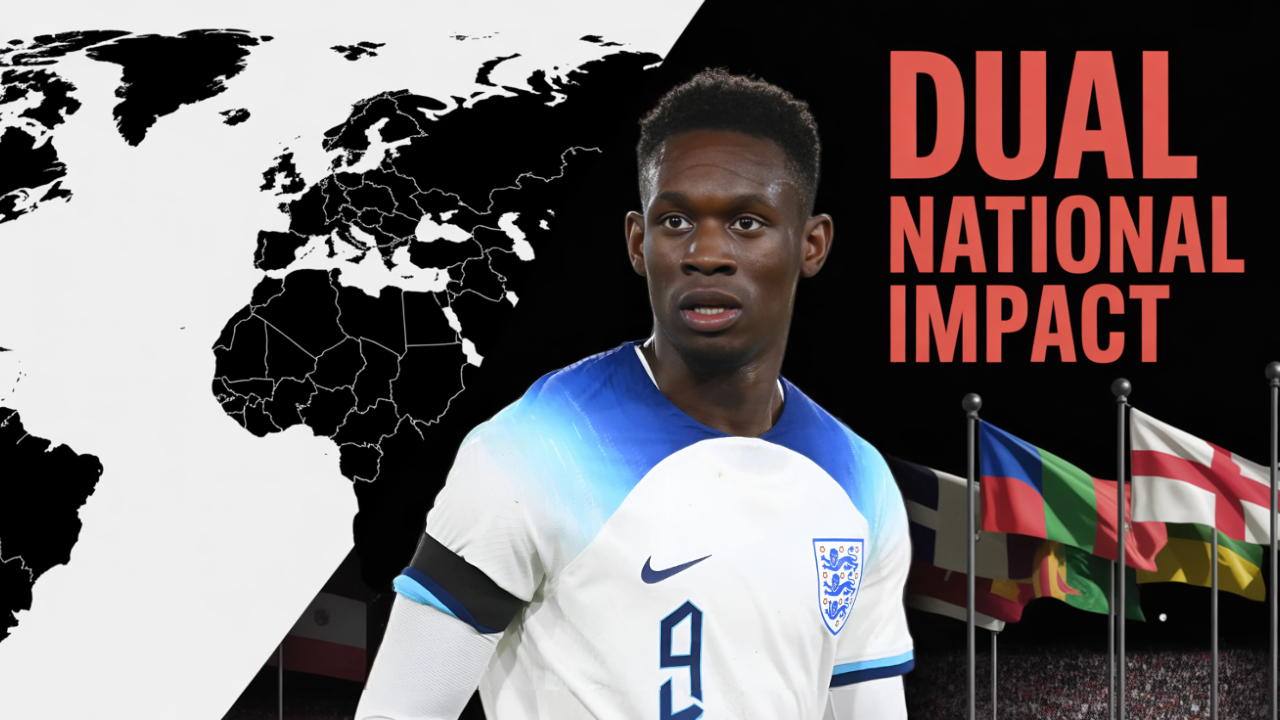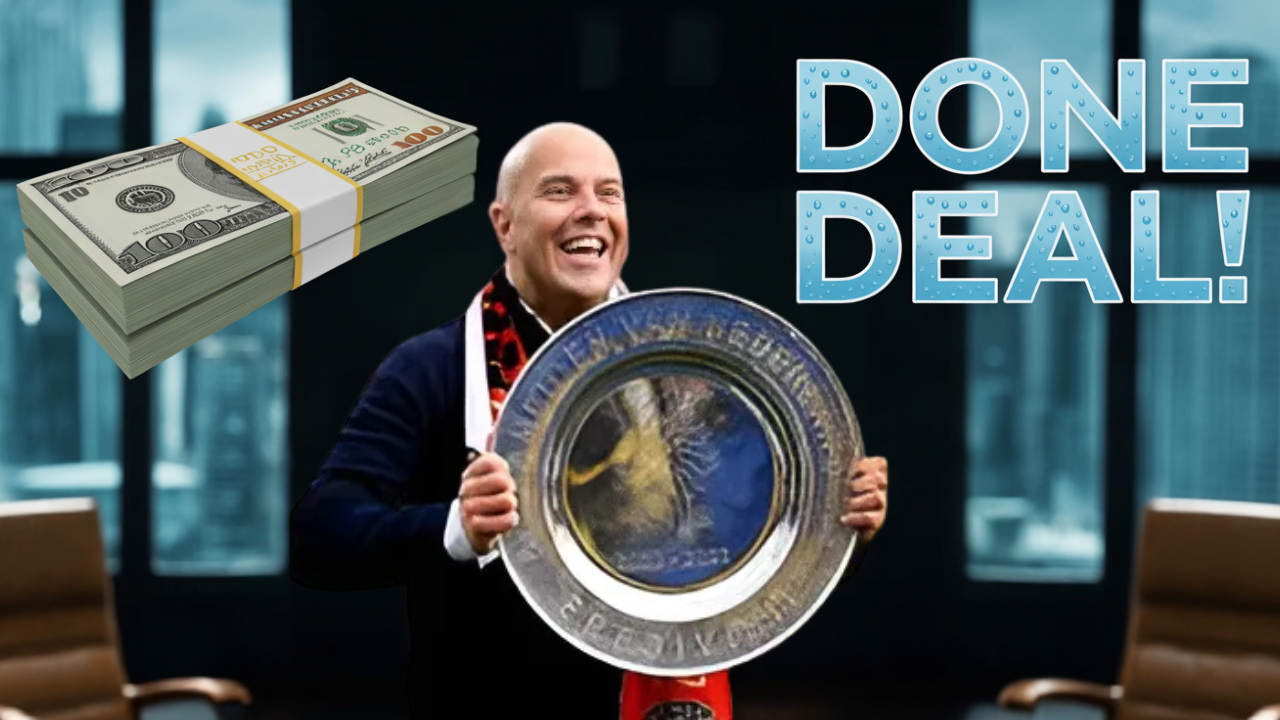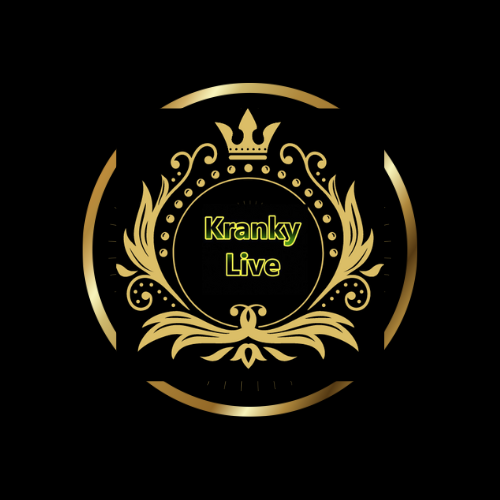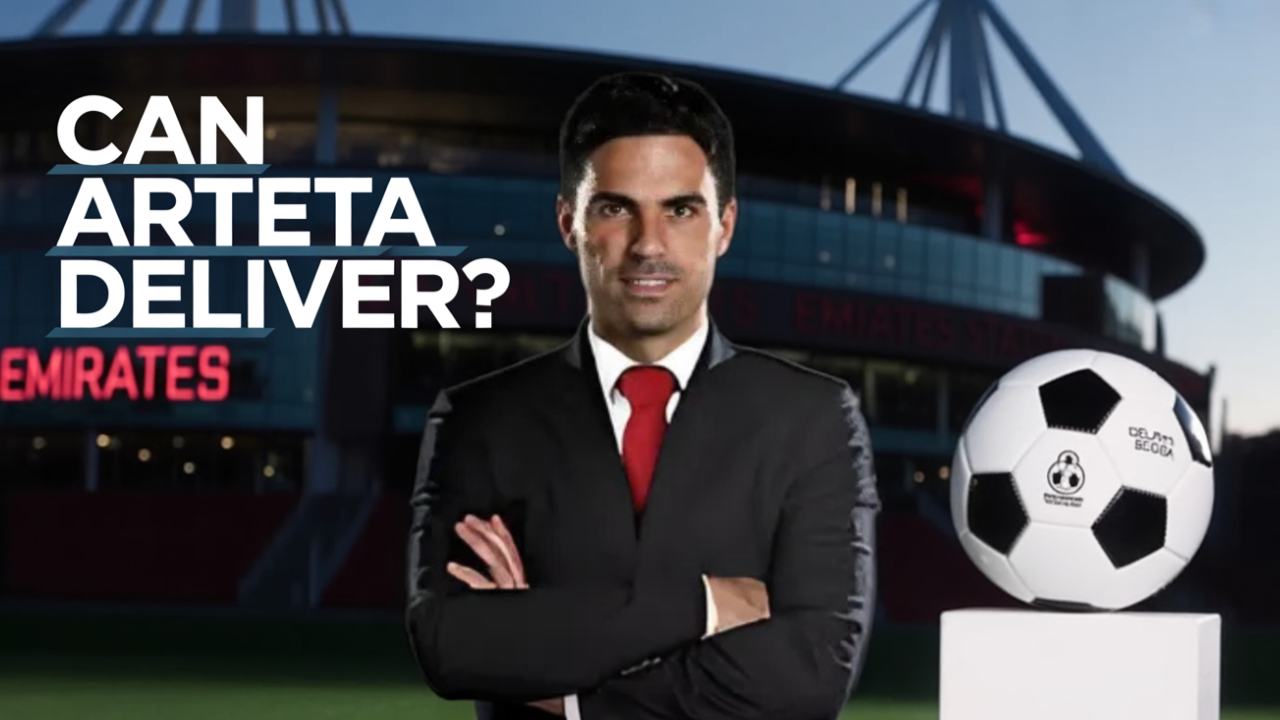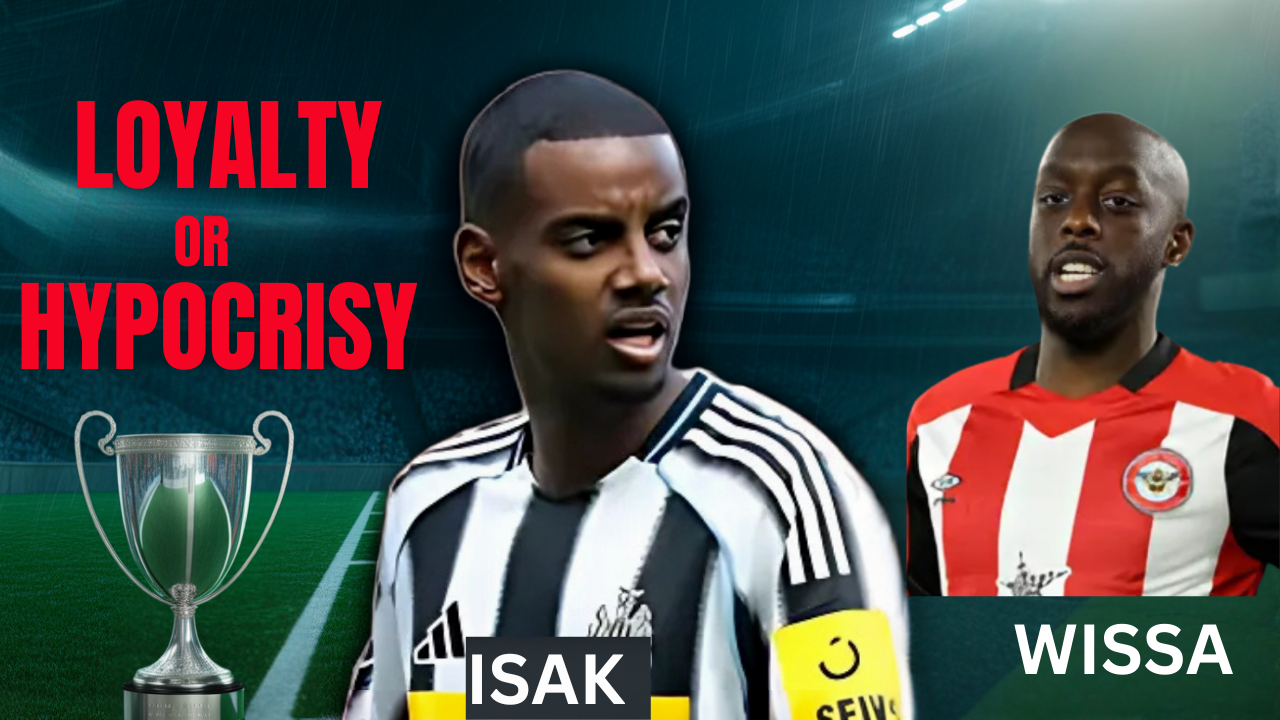From Rebuild to Reckoning: A New Era of Expectation
When Mikel Arteta took over in late 2019, Arsenal were a shadow of their former selves—riddled with internal turmoil, an aging squad, and a divided fanbase. Fast forward to 2025, and the Gunners have clawed their way back to relevance. But relevance is no longer enough.
After three consecutive second-place finishes in the Premier League, Arsenal are now judged by one standard—can they finally win the league? There’s a growing sense that Arteta has built the structure and culture required, but without silverware, the label of 'nearly-men' starts to stick.
As Alan Shearer put it on Match of the Day, 'This is the best Arsenal team since the Invincibles—but mentality is everything.'
Summer 2025 Window: Arsenal Break the Mold
Arsenal spent close to £200 million this summer, showing intent like never before. Among their headline arrivals:
- Viktor Gyökeres: Scored 54 goals last season, including a UCL hat-trick vs. City.
- Martín Zubimendi: Signed to anchor the midfield, hailed as 'Busquets 2.0'.
- Noni Madueke: Direct winger to challenge Martinelli and stretch defenses.
- Christian Nørgaard, Kepa Arrizabalaga, Cristhian Mosquera: depth and rotation pieces.
This spending spree rivals Liverpool in this window, signaling Arsenal’s transition from builders to challengers.
Still In The Market? The Eze Case
Arsenal’s pursuit of Crystal Palace’s Eberechi Eze continues. With a £68M release clause and discussions around structured payments, the deal remains possible.
Eze would bring ball-carrying dynamism and unpredictable movement—traits Arsenal sometimes lacked in stale draws.
What Arsenal Built Last Season: Defensive Excellence & Emerging Talent
Arsenal conceded just 35.02 expected goals against (xGA) in 2024/25—the lowest in the league—showcasing their elite defensive structure. They led the league in xG difference at +25.5.
However, they only generated 62.9 expected goals (xG), ranking sixth in the league. This underlines the team's imbalance: while their back line dominated, the attack under-delivered.
Ethan Nwaneri became the youngest Arsenal player to record both a Premier League assist and goal in a single campaign, while William Saliba earned PFA Team of the Year honors.
The Final Piece: A Prolific Predator
Last season, Arsenal created 62.90 XG—only sixth in the league. Gyökeres’s 43 goals in Liga Portugal last season would’ve topped Arsenal’s entire front line combined.
If he adapts quickly, he could be the league's most influential new signing.
Depth, Injuries & Hammer Time
Injuries to key players like Gabriel Jesus, Saka, Havertz and Tomiyasu highlighted Arsenal’s fragile depth. The new signings—Zubimendi, Mosquera, Madueke, Gyokeres—help address that.
Still, rivals like Liverpool and City boast stronger rotations. Arsenal can’t afford repeat fitness collapses in March and April.
Mentality & Closing Moments
Arsenal dropped a staggering 21 points from winning positions in the 2024/25 Premier League season — a figure that matched their worst-ever tally in a single campaign. Those lapses weren’t just statistical—they told the story of a team still learning how to manage pressure, momentum, and game control in high-stakes moments. Whether it was conceding late equalizers, getting silly red cards or failing to kill off games, these moments proved costly. As Alan Shearer noted, “This Arsenal team has the quality—but closing out matches is what separates contenders from champions.”
Tactics & Evolution: Arteta 6.0
Arteta is adapting—last season saw more verticality and quicker transitions. Zubimendi enables a 4-3-3 base while Gyökeres offers a focal point.
Expect Arsenal to be less possession-obsessed and more ruthless in transition.
How Do Rivals Stack Up?
Arsenal weren’t the only top club to reinforce heavily this summer—but their rivals’ moves paint a mixed picture.
Manchester City added quality with signings like Rayan Aït‑Nouri (£31M), Rayan Cherki (£34M), Tijjani Reijnders (~£46.5M), and James Trafford (£27M), but saw long-time stars like Kevin De Bruyne and Kyle Walker depart. Their net investment was around £103M, prioritizing squad evolution over overhaul.
Liverpool, meanwhile, went bold—spending over £290M (net spend of £176 M) on marquee names like Florian Wirtz (£116M), Hugo Ekitike (£81M), Milos Kerkez, Jeremie Frimpong, and Giorgi Mamardashvili. While their attack and midfield look refreshed, depth at center-back remains a question.
Manchester United invested significantly as well—bringing in Matheus Cunha and Bryan Mbeumo—but continue to face uncertainties in goal and system identity under pressure.
Final Verdict: 2025/26 Is Arsenal’s Moment
With defensive mettle, star additions, and a hungry dressing room, Arsenal stand on Premier League’s doorstep. If Gyökeres adapts and the Gunners overcome mental scars, 2025/26 could be theirs for the taking.
Fail again, and a generational project risks unraveling. The time for promise has passed—now, it’s about fulfillment.
